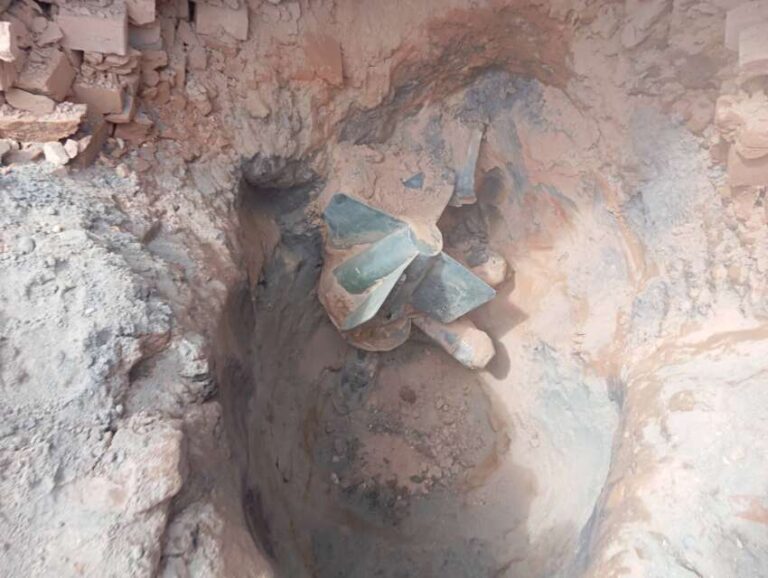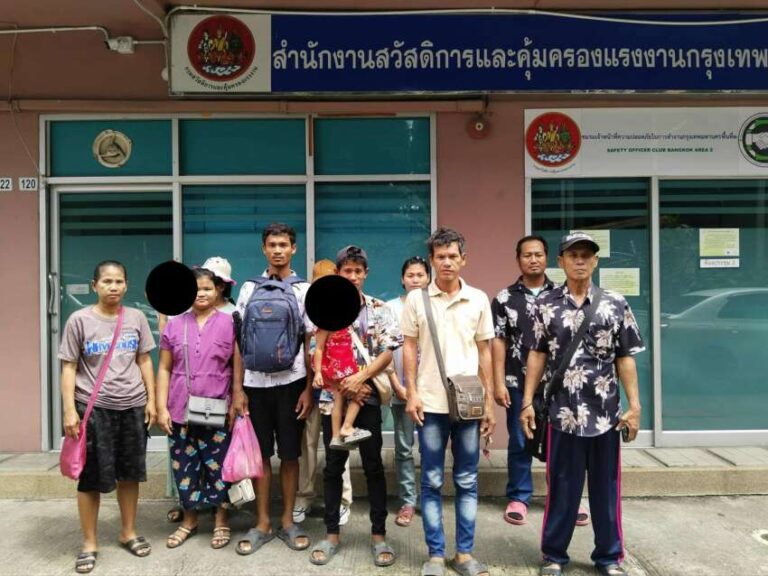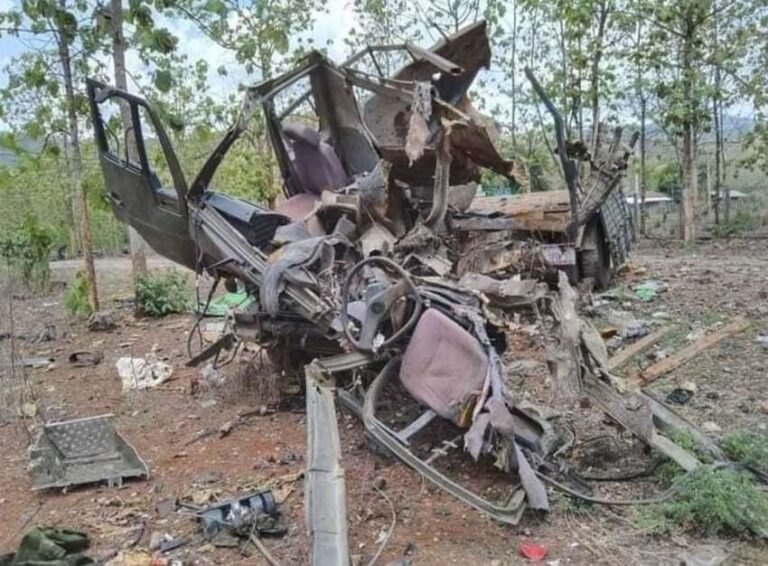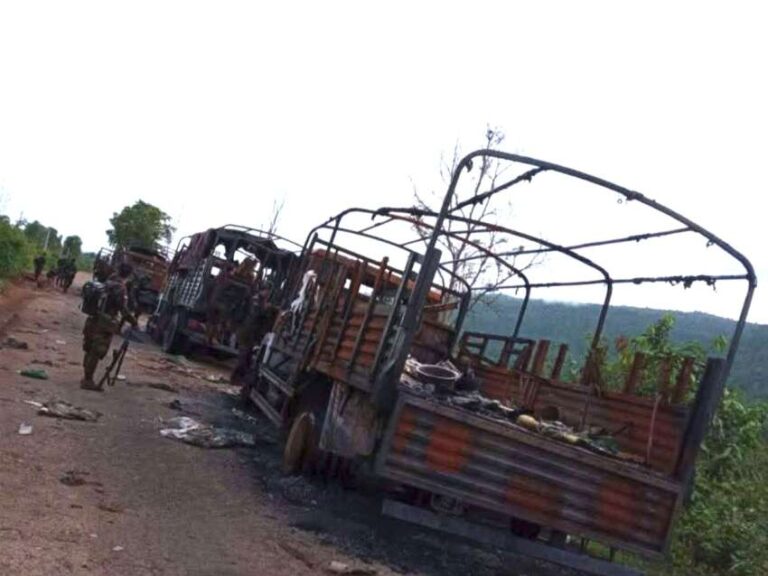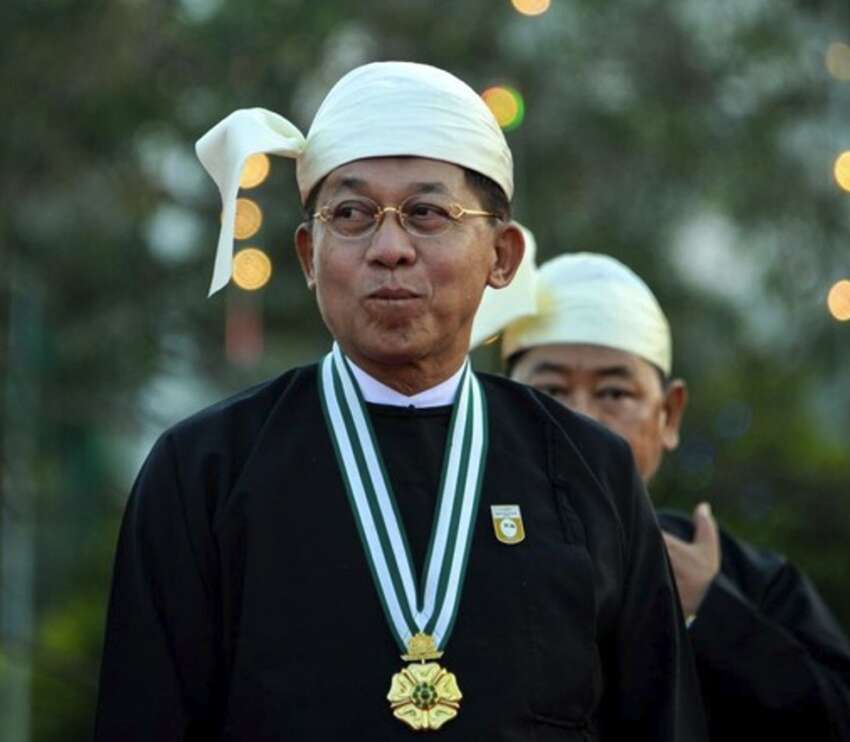
Military sources in Naypyidaw have confirmed reports circulating within military circles that coup leader Min Aung Hlaing plans to serve a five-year term as president following the upcoming election. Min Aung Hlaing has announced plans to hold elections in phases between December and January, and in May, he requested lists of military and civilian officials interested in running for election positions. These developments have coincided with widespread discussion within military circles about his presidential ambitions.
Currently aged 69, Min Aung Hlaing could potentially transition from his position as Vice President, nominated by military parliamentary representatives, to becoming President through the Union Parliament, which is expected to have a majority of USDP representatives. Sources within the USDP party circles indicate this is a likely scenario. The USDP party is now led by Min Aung Hlaing’s trusted ally Khin Yi as chairman, following the removal of former chairman Than Htay. The party’s central executive committee is dominated by former military officers, with key positions held by trusted military figures including Deputy Chairman (1) Lt. Gen. Myo Zaw Thein, Secretary General former General Thaung Aye, and former Lt. Gen. Aung Soe as head of the International Affairs Committee.
Military analysts suggest that if Min Aung Hlaing assumes the presidency, the position of Commander-in-Chief of Defense Services is likely to be given to his trusted ally, current Joint Chief of Staff General Kyaw Swar Lin. The restructuring of the USDP party leadership and placement of trusted military allies in key positions appears to be part of a broader strategy to consolidate power through civilian political structures while maintaining military control. These developments indicate a calculated move to transition from direct military rule to a military-controlled civilian administration, though maintaining the military’s influence through both institutional and informal channels.
